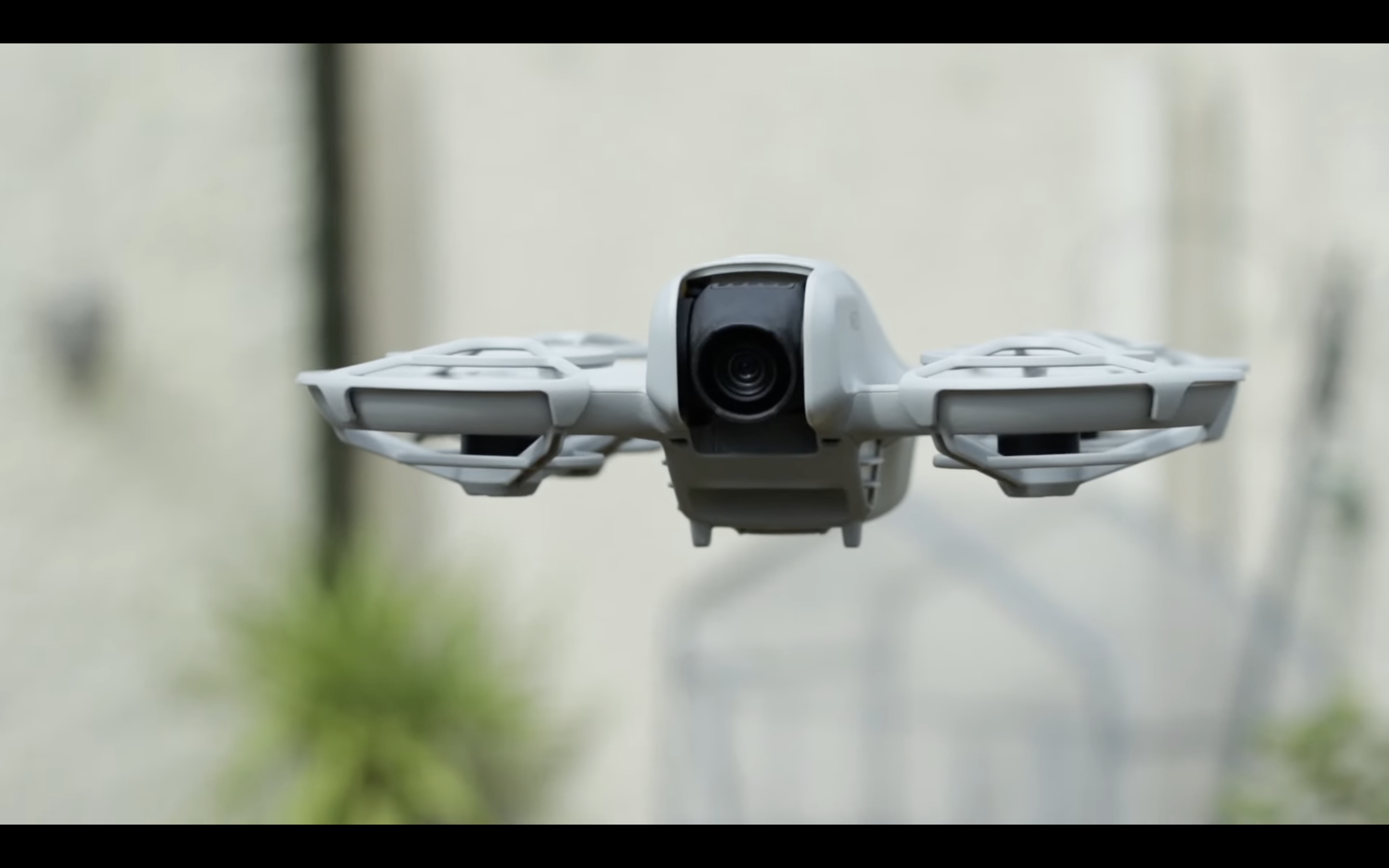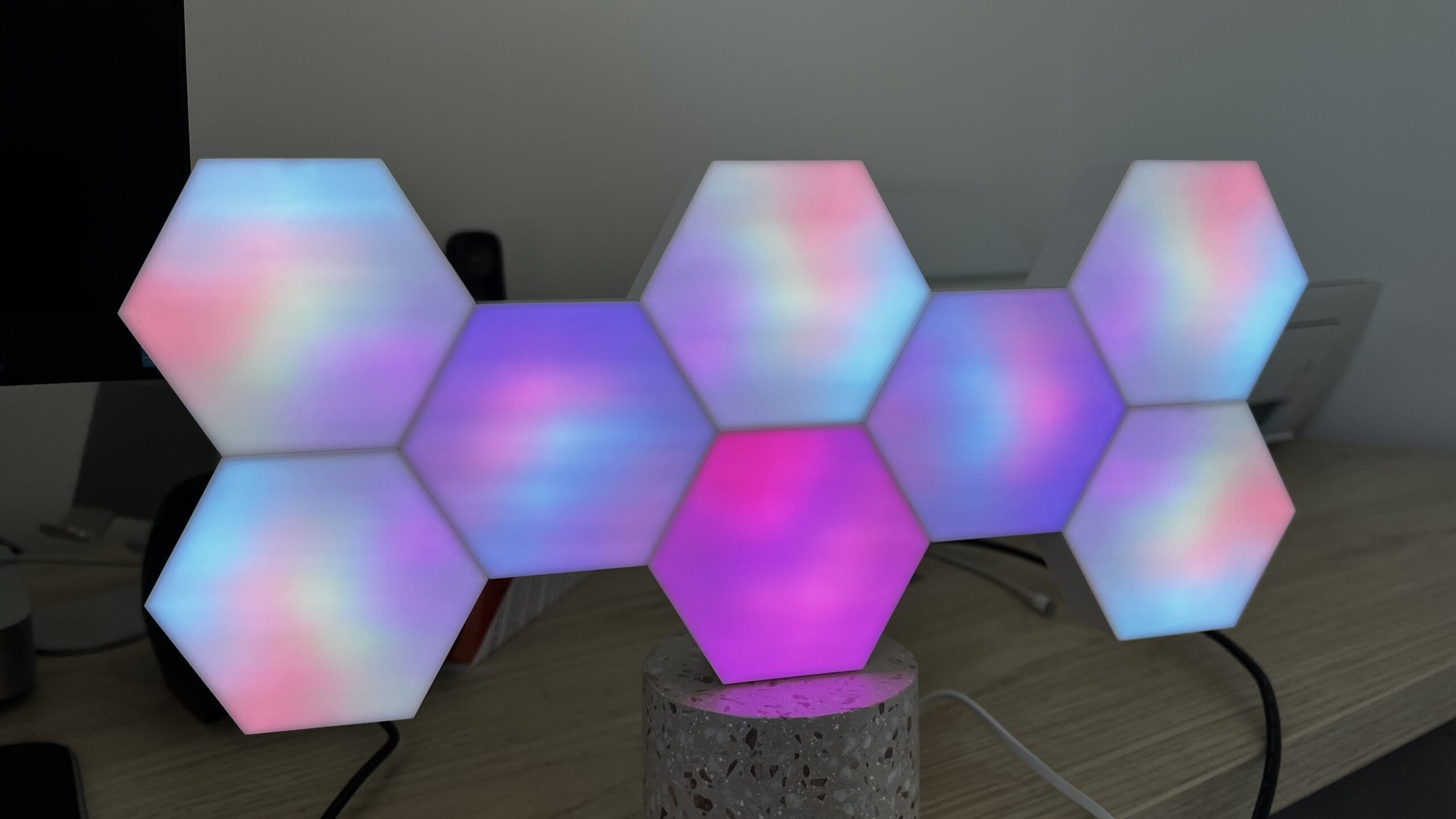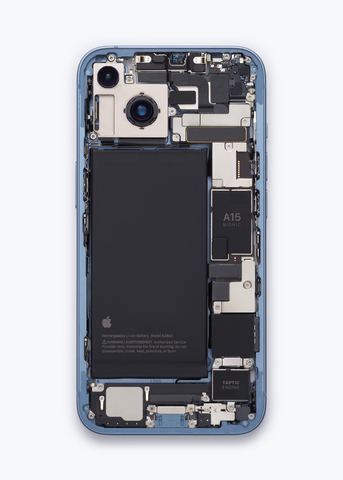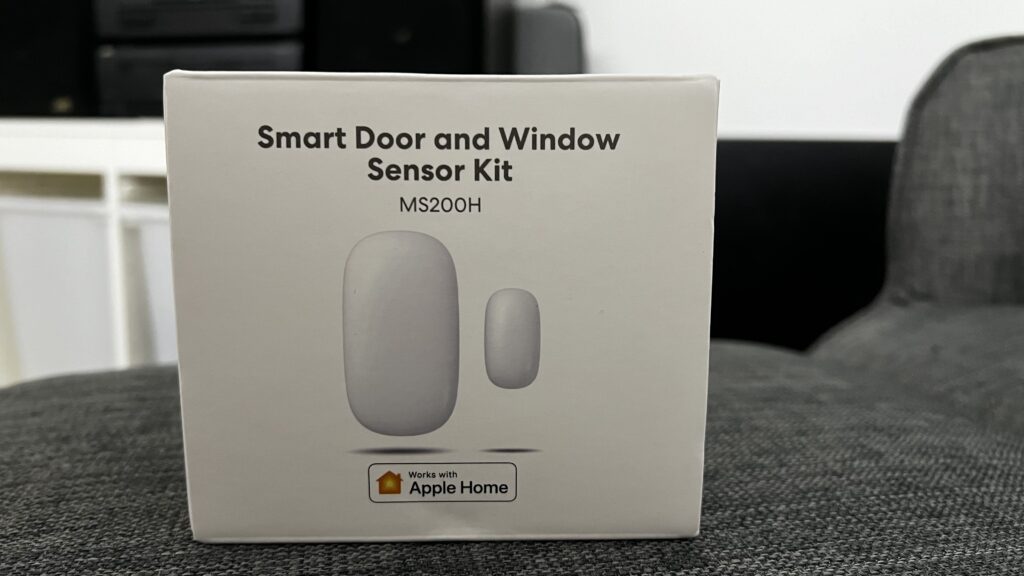
Budget-friendly HomeKit Automation
| Pros | Cons |
| Easy to setup Supports HomeKit Very Budget Friendly | Requires an additional hub Lacks other sensors and functions compared to competitors Only sold separately so no multipack discount |
If you have ever read any of my other smart home product reviews from the likes of Switchbot you will know my preference of smart home platforms is the walled garden that is Apple’s HomeKit mainly due to its ease of use and versatility of automation through its ‘shortcuts’ integrations making for one of the most powerful platforms on the market right now, but with that great power usually comes an even greater cost, with the likes of Yale, Phillips Hue and others charging upwards of £25 for the privilege of using HomeKit in a simple contact sensor. Enter Meross, a relative veteran of the Smarthome world with a distinct focus on low prices while keeping the premium features we know and love.
In the box
The sensor comes in 2 primary varients, 1 with the hub for connecting and standalone, I have the hub version to review today. in the box you get the bare minimum, the 2 sensors themselves and the hub (if you chose the hub version) alongside the USB C cable for connecting the hub to the mains and 2 small pieces of adhesive strip.
In terms of its design, the sensor certainly stands out from the crowd with a small smooth ‘pebble’ style design allowing it to easily blend into your space as opposed to other sensors I have used on the market such as the Switchbot with its more bulky and squared off design. Unfortunately, however, the sensor itself has to connect to Meross’s hub to allow for any of that sweet sweet connectivity, this means you will need to make space for 1 more hub luckily though this one is particularly compact so could quite easily be hidden inside a cupboard or behind a unit, I would have liked to see the ability to use an Apple TV or Homepod as a hub here just to avoid the use of yet another hub in my already crowded smart home hub space but this is something that could potentially come down the line.
When it came to securing these to surfaces I was a little disappointed to see a simple double-sided tape in the box for attaching these to the wall, It would have been nice to see M3 here purely for its superior sticking ability, this may sound like a small thing but the last thing you want to be worrying about with these sorts of sensors is if they are going to just fall of your wall at random intervals, thankfully this hasn’t happened yet after a few weeks of use but I definitely think a more secure tape would have been appreciated out of the box.
A Standard Affair
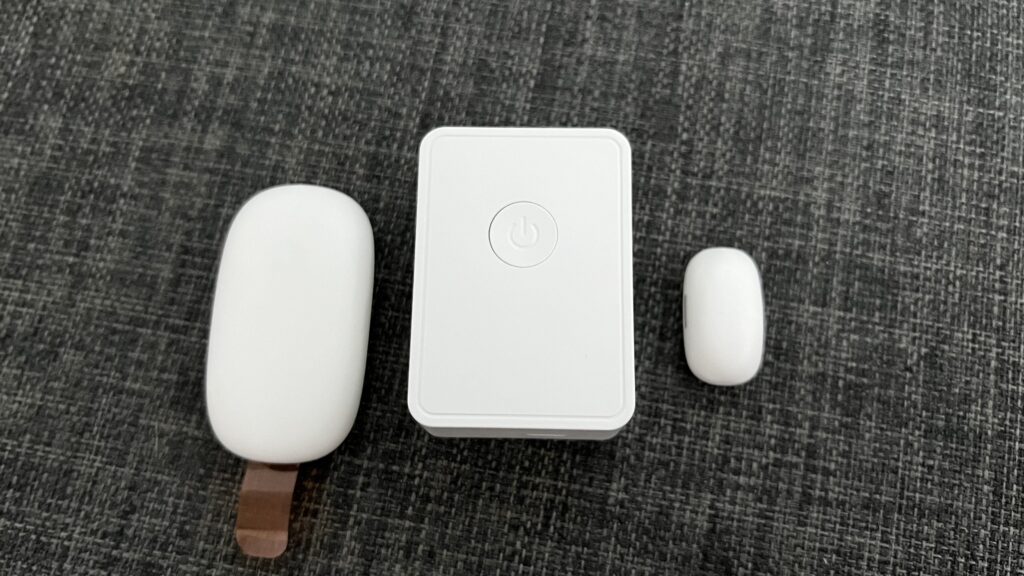
The Meross door and window sensor feels to be an incredibly standard affair when it comes to sensors and coming from the likes of ‘Switchbot’ with its wide array of other sensors such as light and motion this feels like a huge step-down and slightly dumber option but its seamless integration with HomeKit is certainly a plus and this is one of the only options on the market currently with support for the platform in this sort of price range. The sensor can provide an open or closed state and that’s sadly it so if you wanted to monitor things such as motion, temperature and light levels these would all have to be separate sensors at an additional cost, both cluttering up the space and making richer smart home integrations more expensive than some of its competitors.
Of course though many of the other Smarthome brands on the market offer similar functionality from their sensors, for instance, Yale’s sensors at £25 have exactly the same functions with none of the additional sensors whereas here with Meross not only are you saving a not minimal £3 per sensor (that’s for the one with the hub too so even grater savings can be had) and unlike its competitors there is a certain elegance to the design where you can tell Meross wanted to focus on both design as well as functionality.
Battery Life
Battery life is a very important factor for little sensors like this, mainly because you want to be able to set and forget them, thankfully Meross has you covered here with a battery life rated for up to 18 months, after which it’s simple cell battery replacement, this battery life yet again is fairly standard across the industry but its definitely better than some other brands I have seen and used in the past.
Pairing
One of HomeKits many advantages is how easy they have made it to add, remove and manage devices. Heading into the ‘Home’ app on a compatible Apple device, tapping the plus to add a new accessory and scanning the QR code that can be found on any of the compatible devices, it really is that simple and apple does the rest, letting you place it in any room and customise its name and icon. It is worth noting here that Meross devices are all locked to 2.4ghz networks for most people this is fine as all routers support both 2.4 and 5ghz but it can be a little fiddly at times. Hopefully in the future Meross will move their devices to support 5Ghz or even Wifi-6 to allow for future-proof compatibility.
It’s worth mentioning here though before the sensors can be added to your Home you will need to add the hub, without this the sensors have no way of connecting to the network as these technically don’t have Wifi support themselves. Once the hub is attached you will need to move into the Meross app and use the included SIM eject tool to place the device in pairing mode. I wish there was a way to be able to do this process solely through the Home app as opposed to a third-party option but thankfully after a relatively short pairing process you can forget about the Meross app almost entirely and use the HomeKit functionality instead.
HomeKit Advantages
What can HomeKit do though? well, the first thing you may want to do is simply enable notifications, this will notify you on all compatible devices that the status has changed, heading into device settings you can change this to only be on a certain state or disable them altogether. One key advantage to having the sensor directly in HomeKit with all other Meross devices is just how simple it is to create incredibly powerful automations with your phone through the home and shortcuts application. It shows an open or closed state on the Home app and can notify and trigger other actions and routines based upon a range of factors, like if you’re at home (based on your phone’s location) if it’s day or night and even if it’s raining or not.
I have personally used both to allow for automation of my desk setup in my office, as soon as the office door opens between 8:30 and 9:00 if its not already I power on all the ports on the strip to bring my PC to life, its these kinds of simple and powerful integrations that truly make Meross and HomeKit devices powerful in their own right.
Conclusion
To conclude then, who is this sensor for? If you are looking for an elegant HomeKit-enabled smart home sensor on a budget that can integrate seamlessly into your current or new ecosystem then look no further than Meross, however, I do believe there are better more capable devices and ecosystems for the money if you are not in the walled garden or happy to tinker, options such as Switchbot simply offer more for your money in terms of features with their sensors and product line and its reliance on a third party app for setup is a minor but annoying inconvenience.
All product links directing off-site will be affiliate links when possible and where applicable, and may result in commission earned on qualifying purchases. Find out more about our promise to you.



